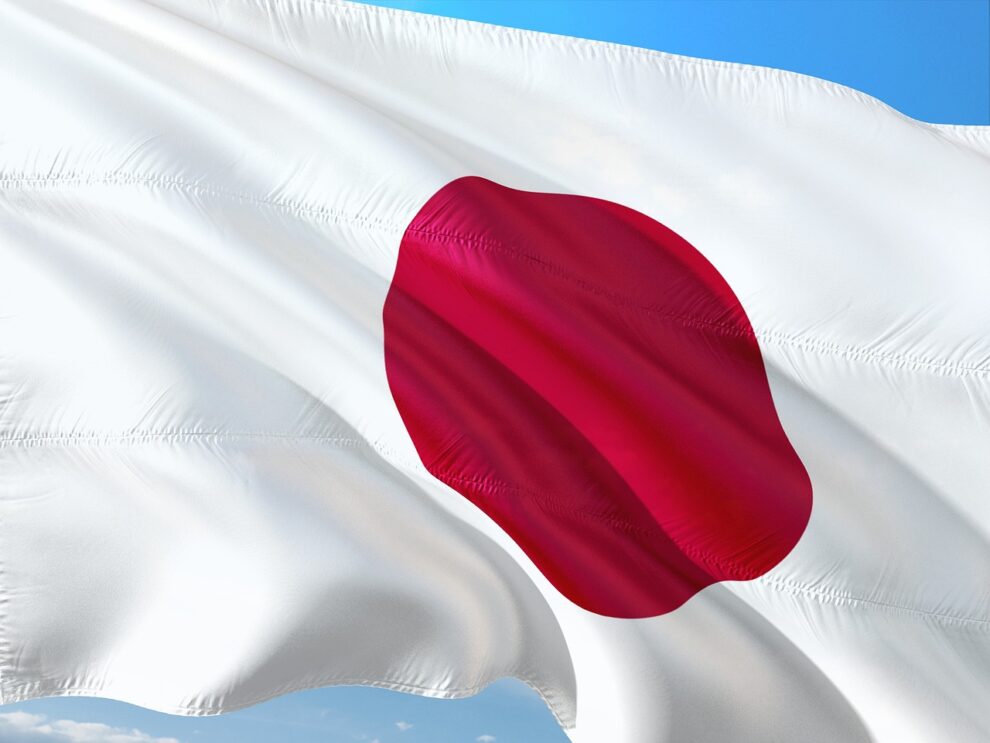Japan’s ruling coalition collapsed Friday as junior partner Komeito quit the alliance, putting in peril Sanae Takaichi’s bid to become the country’s first woman prime minister.
Takaichi became head of the Liberal Democratic Party (LDP) less than a week ago and had been expected to be approved by parliament as premier this month.
But Komeito’s decision to end the alliance that has governed Japan almost uninterrupted for 25 years sank Japan into a new political crisis.
“We want the LDP-Komeito coalition to go back to the drawing board for now and bring an end to our relationship,” Komeito party chief Tetsuo Saito told reporters after talks with the LDP.
“Given that we have not received clear and concrete cooperation from the LDP regarding our demands, and if these reforms prove impossible to achieve, I said (in the meeting) that it would be utterly impossible for us to write Sanae Takaichi’s name in the nomination,” he said.
In particular Saito told Takaichi that her answers on the LDP’s recent slush fund scandal were unsatisfactory, media reports said.
Saito said however that Komeito would still support budget plans and other legislation that the two parties have prepared.
Takaichi said the coalition’s collapse was “extremely regrettable” and that their decision to exit the alliance was “unilateral”.
She was due to replace Shigeru Ishiba, who took the reins last year, but saw his coalition lose its majority in both houses of parliament, driven in part by voter anger at inflation and the LDP slush fund scandal.
Tomoaki Iwai, professor emeritus of Nihon University, told AFP that she would likely still be elected prime minister “if the opposition fails to unite in electing their own candidate”.
But “the running of the government will be extremely unstable”, he warned, “with everything decided in a form of cooperation from outside the government”.
Komeito was reportedly also unhappy about Takaichi’s more conservative politics.
This includes her previous regular visits to the Yasukuni shrine honouring Japan’s war dead, including war criminals.
The last visit to Yasukuni by a serving prime minister in 2013, by the late Shinzo Abe — Takaichi’s mentor — prompted fury from China and South Korea and disquiet from Washington.
Media reports this week said that Takaichi might skip going to the shrine during the upcoming autumn festival, which will be held from October 17 to 19.
Takaichi, 64, whose hero is Margaret Thatcher, had hailed a “new era” Saturday after becoming head of the LDP.
She had won a runoff leadership contest against the telegenic and more socially progressive Shinjiro Koizumi.
Koizumi, 44, would have been Japan’s youngest prime minister in the modern era and represented a generational change for the LDP.
The LDP has been haemorrhaging support as backing grows for smaller parties, including the anti-immigration Sanseito.
If Takaichi becomes premier, she faces a host of complex issues including an ageing population, geopolitical upheaval, a faltering economy and growing unease about immigration.
One of Takaichi’s first official duties as premier will be receiving US President Donald Trump, who is reportedly set to make a stopover in Japan in late October.

Add Comment